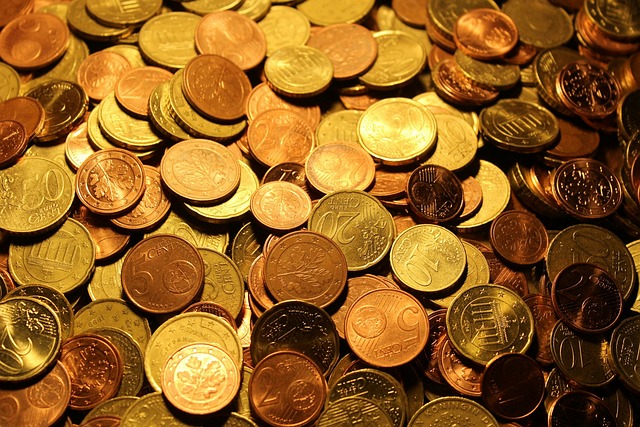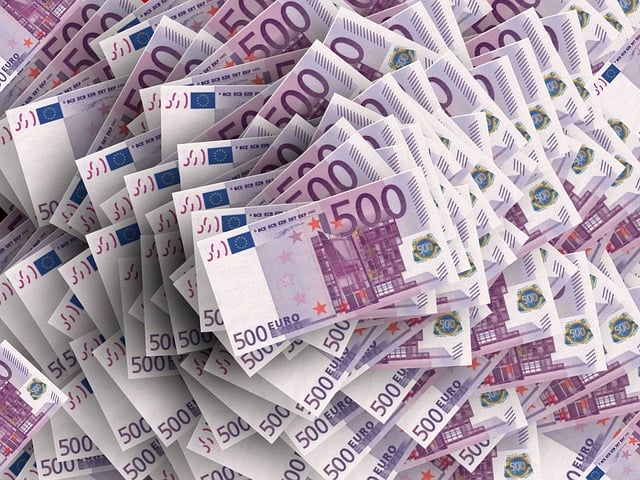
Earnest money is a monetary advance that allows you to reserve an asset.
A Greek word passed into Latin as arrhăbo or arrhae , and then into our language as arras . According to the dictionary of the Royal Spanish Academy ( RAE ), the term is used in the plural and refers, according to its first meaning, to the pledge that is granted as a guarantee in a contract .
The deposit, in this framework, is a monetary advance that is given as a signal to reserve real estate or personal property. It is a private contract established by two parties and that functions as a pre-contract: the obligation to conclude another contract in the future is contracted (the one that determines the sale of the good in question).
Types of deposit
There are different types of deposits. Confirmatory deposits are those that are delivered as part of payment, being a percentage of the total to be paid. In the event of a breach by one of the parties, the other has the right to demand that the party resolve the problem as soon as possible or compensate it for the damages caused.
Penal deposits , on the other hand, are those that the buyer loses or has to return in duplicate if he does not comply with his obligations and does not complete the transaction. Penitential deposits , finally, represent the amount that the seller must return in duplicate or that the buyer loses if the operation, for some reason, is not carried out.

There are different types of deposits.
Perfect marriage
The thirteen coins that the bride and groom traditionally exchanged during the wedding ceremony are known as marriage deposits . It is a symbolism about the fact of sharing goods in the new society that is established. After this kind of transaction, the marriage contract is "perfected."
The verb perfect, in this case, refers to the fulfillment of certain requirements that make possible the implementation and acquisition of legal force of a contract, a law or a legal act, according to the bases of law. This phenomenon is known as perfection . When the elements of perfection are not met, then the nullity of the act takes place, so it is as if it had not been celebrated.
History of marriage deposits
Although the marriage deposits date back to the Roman-Germanic era, the origin of the configuration they have today is related to a Mozarabic ritual. The division into thirteen parts (which, in this case, are coins) represents each of the months of the year plus an extra one intended for the most disadvantaged, as a gesture of generosity to share with them the fruits that the couple collects from their joint work. . It is important to note that this is not an alternative to dowry or other symbols that also use money or goods.
During the Middle Ages , marriage deposits had another meaning, since then they did correspond to the bride's endowment , which usually included properties and gifts of great material importance. These deposits were used so that ecclesiastics could distinguish between concubinage and marriage.
Depending on the time and geographical location, the endowment limit was different; The normal thing is that it would be between 10% and 50% of the groom's inheritance or his assets. In addition to this value, it was possible to add gifts, which were also regulated by other limits (these were extended if the bride offered her own gifts to the groom).
Once the couple had children, the woman could no longer dispose of the entire deposit, since three-quarters of it corresponded to them. If she was widowed, then she could rent them to support herself financially until she remarried .
